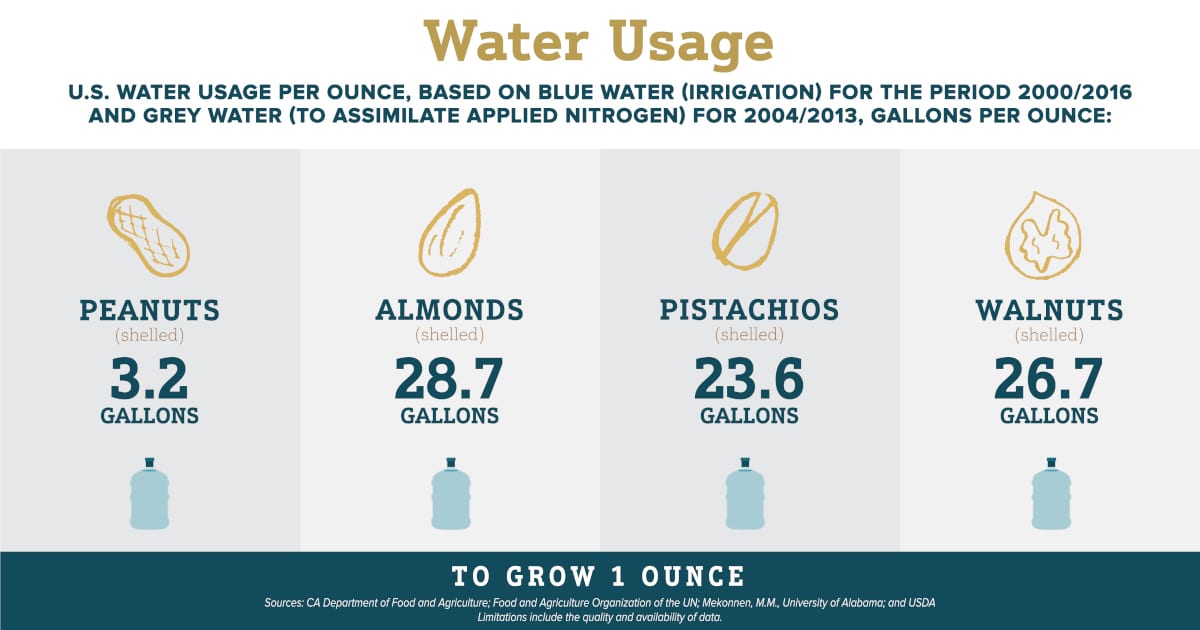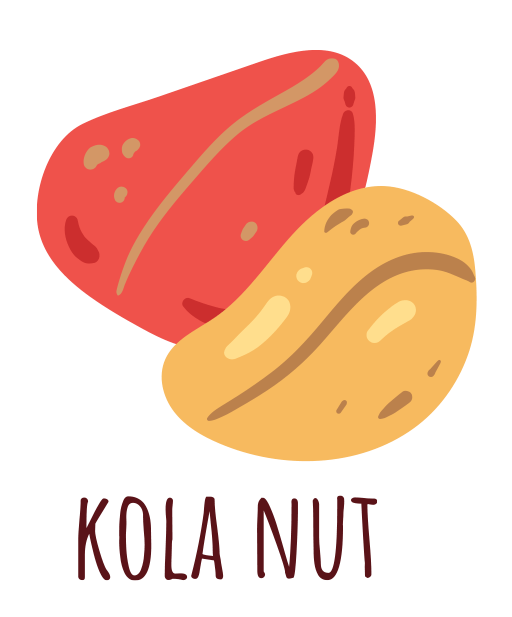Nuts have become a critical tool to help product developers meet consumer needs in the well-being space. Hitting all the right buttons, they’re powerfully healthful, plant-based, gluten-free, grain-free, non-GMO, keto, and paleo-friendly. The role of in foods and beverages has expanded exponentially, used especially in dairy (milk, cream, and cheese) analogs.
Nuts Get Cracking
As consumer demand shifts away from wheat, dairy, and meat products, and as consumers look for gluten-free and plant based alternatives, product developers are finding they can use nuts as functional ingredients, especially when recreating difficult to replicate textures.
Why Nuts?


The demand for tree nuts is growing globally, significantly impacting the nut market. The global tree nuts market size was valued at US$42.7 billion in 2021, and is expected to expand at a CAGR of 11.1% from 2022 to 2030.1
In 2021, the value of U.S. tree nut exports to the world was about $9 billion, a 6% increase over 2020.2
Consumer trend toward well-being is one of the major drivers of the market. Additionally, the market is being driven by changing consumer behavior patterns for food and beverages globally.3 — “Global Tree Nuts Market Size, Share & Trends Report, 2030” (Grand View Research, Co.)
Nuts by the Numbers
While most major nuts are water efficient, tree nuts require more water. Peanuts have perhaps the smallest water footprint and ultimately require just 3.2 gallons of water to produce one ounce of shelled nuts, according to the National Peanut Board. By comparison, almonds use 28.7 gallons of water, pistachios use 23.6 gallons of water and walnuts use 26.7 gallons of water. The Almond Board of California notes almond farmers already have reduced the amount of water needed to grow each almond by 33% between the 1990s and 2010s and are working to reduce another 20% by 2025.
From Farm to Food: Water


The most popular nuts used in foods and beverages are Almonds, Cashews, Walnuts, Pecans, Peanuts, and Pistachios. Almonds and cashews are two major products in the market for tree nuts. Almonds dominated the market, accounting for more than a 30.0% share of the global nut revenue in 2021. Almonds maintain high popularity among consumers, and boast a market penetration higher than other nuts.
Almonds in the Lead
These nuts might not be common, but their popularity in formulations is growing fast:
● black walnuts—Their intoxicating aroma and flavor, high protein, and rich in omega 3s are leading them to a big comeback.
● bambara nuts—A groundnut similar to peanuts, a high protein, low calorie, fiber-rich nut already making inroads into on-the-shelf products
● kola nuts—These cacao relatives have a sweet and mild flavor when dried and are rich in caffeine.
● pili nuts—Low in carbohydrates and high in healthy fats, minerals, B vitamins, and antioxidants, pilis are another popular nut appearing in a number of new formulations.
● jack nuts—With jackfruit having hit big in the vegan meat analog channel, look for jack nuts to start showing up any day. Similar to Brazil nuts in flavor, they’re a great source of minerals and phytochemicals.
Emerging Superstars

